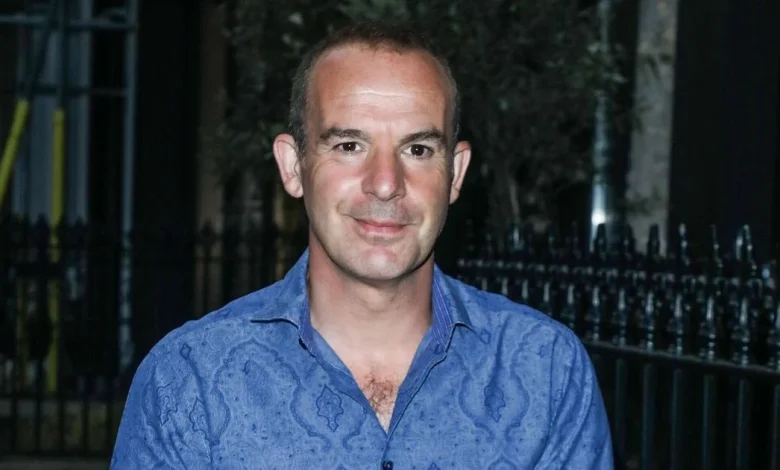Martin Lewis says make 1 swap to cut energy bills in November and December

The festive season is just around the corner and, while it offers a lot of joy, sparkle and twinkling lights, it also brings with it a whole load of expense. Aside from the presents and food, Christmas is a time when many of us use more electricity due to lights, decorations and all sorts of gadgets being plugged in more often.
However, according to Martin Lewis, making one simple change could make a big difference to your energy bills in November and December, depending on when you get into the festive spirit. All you need to do is tweak your lights to save some money and make your Christmas less expensive than it needs to be.
It’s worth knowing as we head further into the festive season. After all, back last year, it was revealed just how much Brits splurge on making a Christmas dinner.
Previously, money saving guru Kat Saves alerted people to the handy piece of advice. If you’re worried about how much it costs to light up your home at Christmas, there are some things you need to know.
According to Martin Lewis, if you have LED lights at home, you probably have nothing to worry about. Otherwise, you may want to think about making some changes.
Twinkling fairy lights are a popular choice for Christmas trees, hallways and even across roofs and gardens as people start to get into the festive mood. However, the type of lights you use can really make a difference.
Martin warned viewers about this during previous years when he discussed the topic on The Martin Lewis Money Show Live on ITV1. He advised that, contrary to what some people may believe, Christmas lights are actually very economical to operate, provided you have the correct type of lights.
He clarified that LED lights are inexpensive to run and won’t create a significant impact on your energy bills at the end of the month; however, the same cannot be said for old-fashioned incandescent lights if you have numerous sets.
At the time, Martin clarified (based on the energy cap back in 2024): “How much do Christmas lights cost to run? Here’s my rule of thumb. LED lights, 1p per 12 hours per 100 bulbs. Incandescents, 12 times as much, so 12p per 12 hours per 100 bulbs.
“So, if you run them for six hours, per 100 bulbs, then it’s roughly 15p a month on LED, £1.80 on incandescents. LED [are] a lot cheaper, really not that expensive to run. If you want your sparkles, you can have your sparkles even with my blessing this year.”
Incandescent bulbs are the traditional style of light bulbs which were prohibited in 2016. Nevertheless, if you possess an old inherited set of lights, they could be utilising the old incandescent style, which are more costly to operate.
In 2016, the EU established a schedule to remove incandescent bulbs from sale to reduce energy costs. It remains legal to purchase existing stock but, once they’re all depleted, it’s impossible to buy more because they no longer manufacture them.
If you’ve purchased a new set of lights since 2016, there’s no need for concern as these will be the newer, more economical LED varieties. Despite Martin’s calculations being based on last year’s energy cap, LED lights remain remarkably inexpensive to operate.
Typically, they’re estimated to cost anywhere from 15p to £2.16 for the entire festive period, though this naturally depends on when you erect your tree and how frequently it’s illuminated. For instance, a 1,000-bulb display running for eight hours daily throughout a month might cost less than £1, whilst a more extensive outdoor arrangement could reach approximately £6.78 for the season.
On social media, one person expressed relief, commenting: “Well, that’s one good bit of news.” Another chimed in with: “We’ve swapped all our actual lights to LEDs, and they cost pennies to run.
“They last ages. We’ve had our current ones for eight years.” A third also responded: “So thankful I saw this. My daughter begs me to put Christmas lights on and it kills me saying no.”





